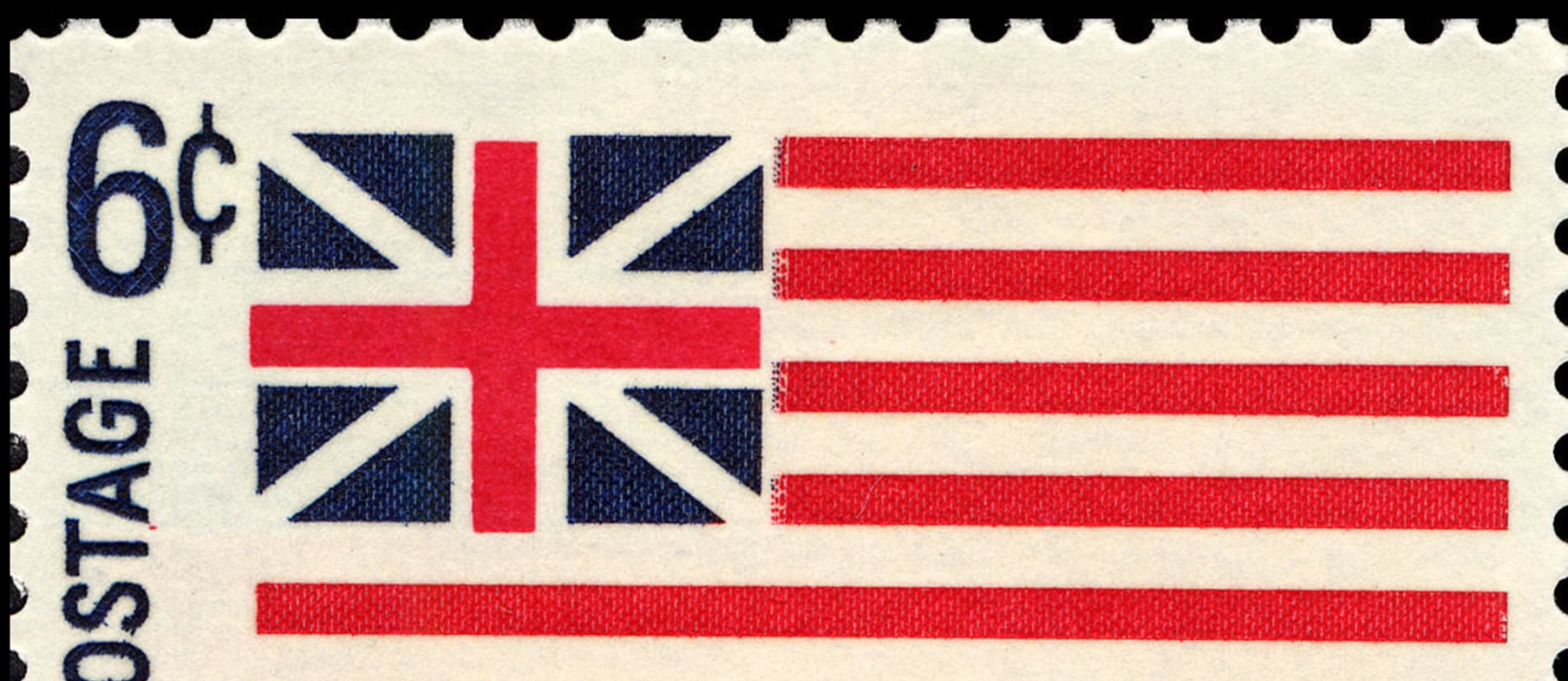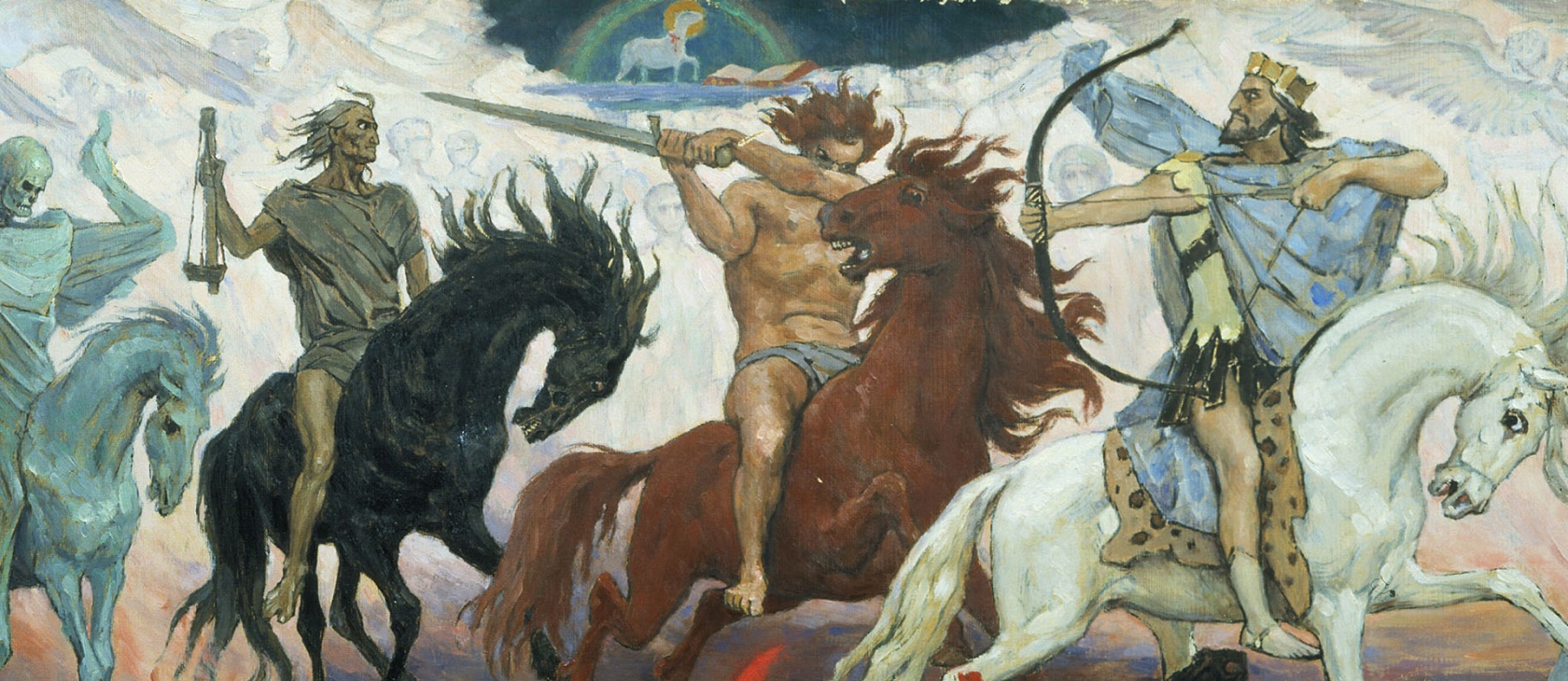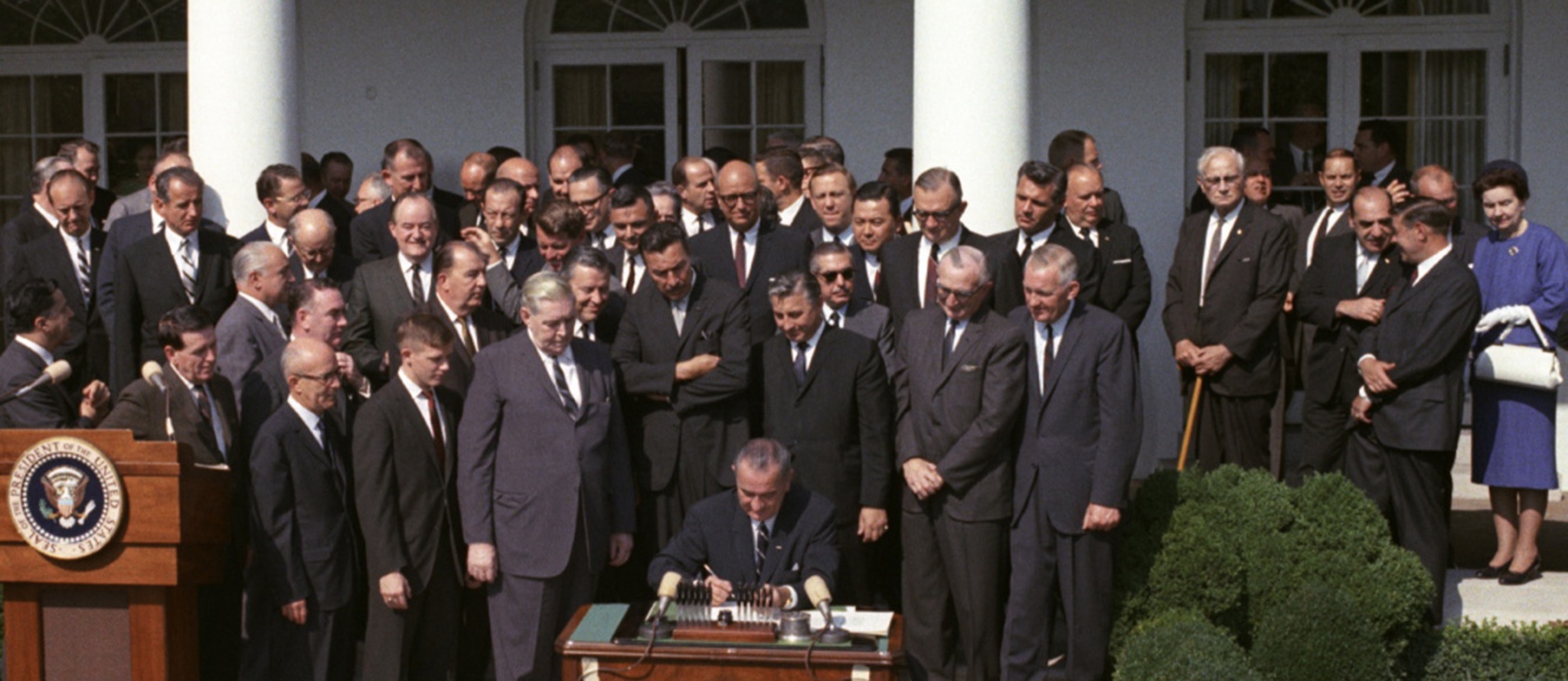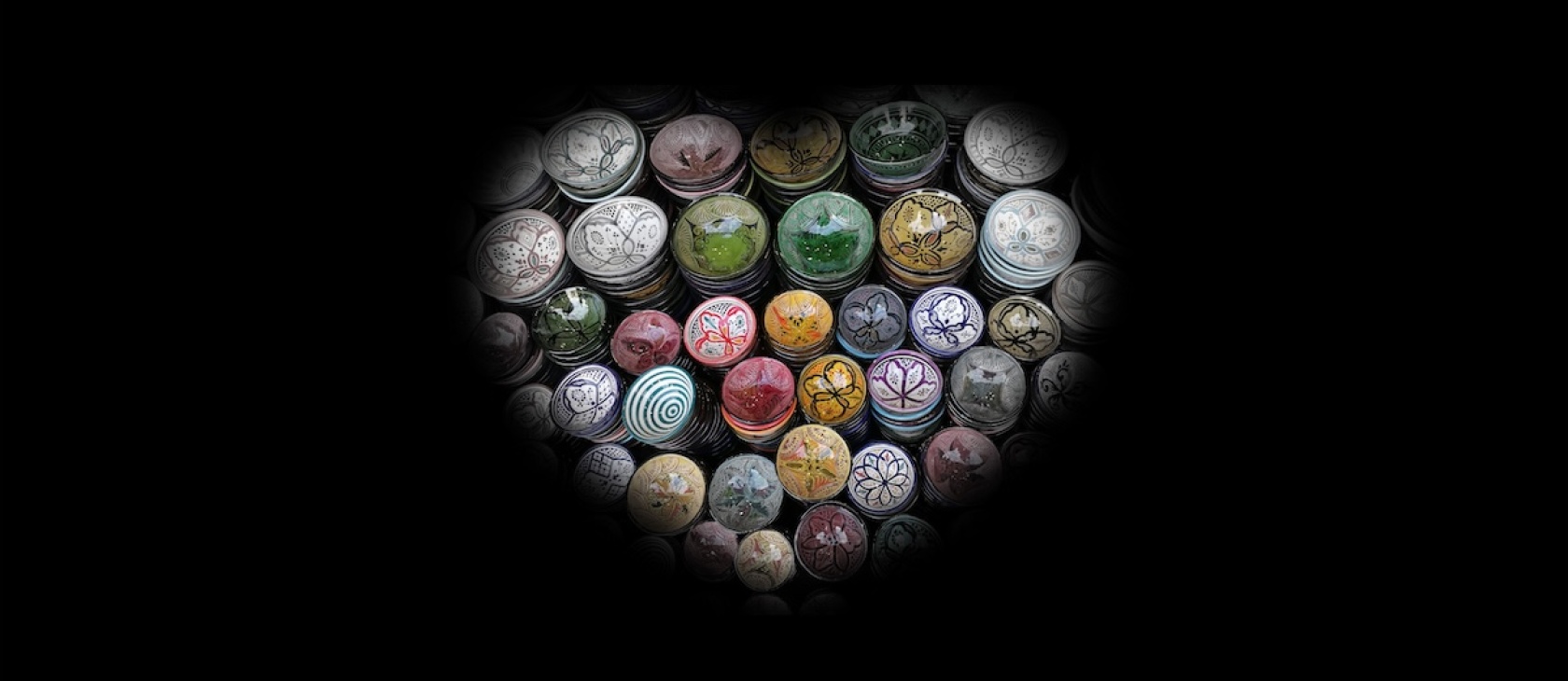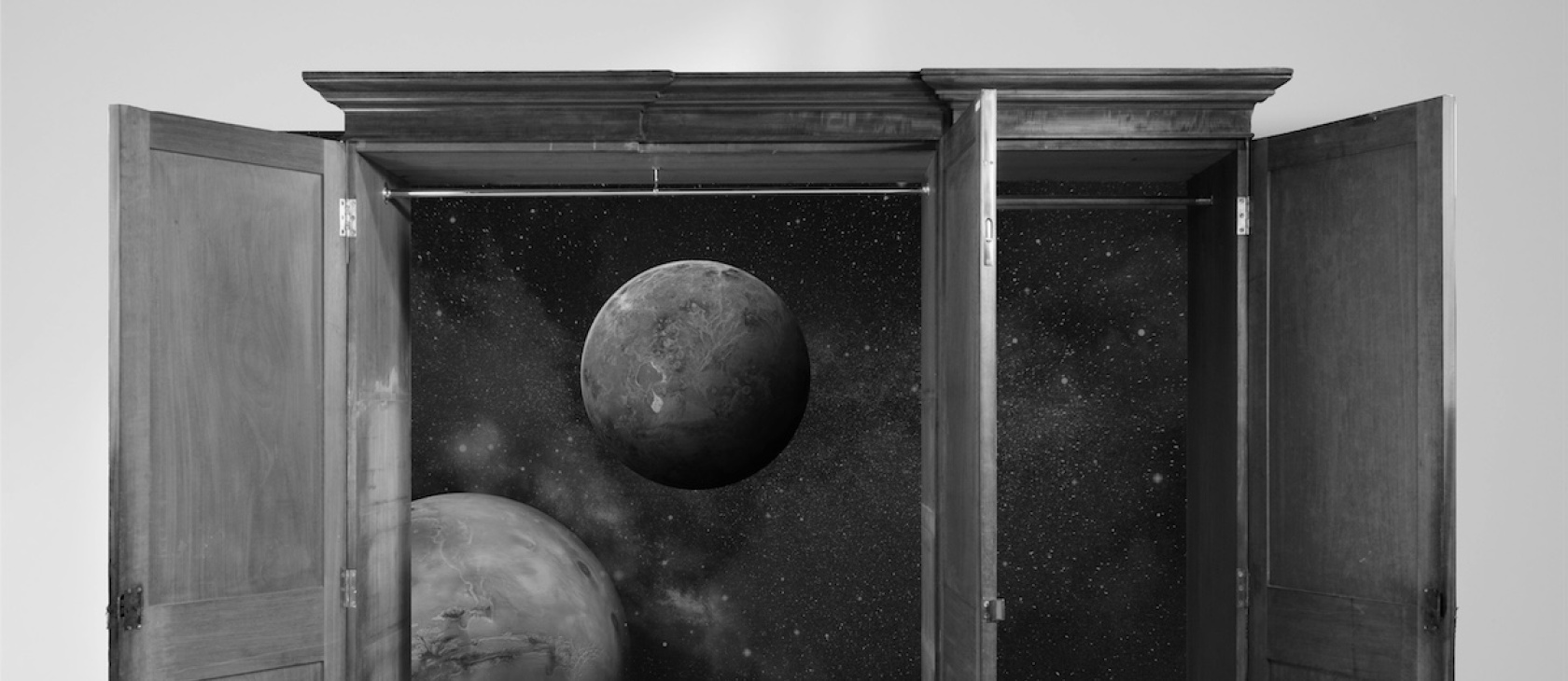


Since the sixth century BC reign of Croesus of Lydia, refined gold has served as a monetary store of value. Today, many central banks, including the European Central Bank, the Swiss National Bank, the German Bundesbank, the Bank of France, the Bank of Italy, the Dutch National Bank, the Bank of Japan, the Reserve Bank of India, the People’s Bank of China, and the Monetary Authority of Singapore among others, hold gold as an investment and reserve against their monetary liabilities. It may surprise some that, in contrast, the Federal Reserve owns no gold at all.
The original 1913 Federal Reserve Act required the Fed to hold substantial amounts of gold to back its outstanding Federal Reserve Notes and member bank deposits. In 1934, the Roosevelt administration pushed for, and Congress passed, legislation that made it illegal for US persons, including the Federal Reserve, to hold gold for monetary purposes. Fed resistance notwithstanding, it was required by law to hand over all its gold to the US Treasury. The last link between gold and the US dollar was severed in the early 1970s and all legal prohibitions against US persons buying, selling, and holding gold were repealed shortly thereafter. Fifty years later many US citizens and financial organizations hold gold investments, but the Federal Reserve has not owned any gold since 1934.
This raises two interesting questions: Can the Fed today legally buy, sell, and hold gold? And if it can, should it?
The History of Gold and the US Dollar
From 1900 until 1933, a US dollar was legally redeemable for “25.8 grains of gold nine-tenths fine” or $20.67 per fine troy ounce of gold. On April 5, 1933, one month after taking office, as part of his emergency actions in the financial and economic crisis, following the temporary closing of all banks, President Franklin Roosevelt issued an executive order prohibiting American individuals, partnerships, associations, or corporations from owning (so-called “hoarding”) gold. The order required all Americans to turn in their gold to a Federal Reserve Bank, with criminal penalties for violations, receiving in exchange paper dollars at the official price of $20.67 per troy ounce. This radical executive action was subsequently endorsed in a joint Congressional resolution and later in statute.
That year Congress also passed the Emergency Farm Mortgage Act of 1933. Part 8 of this law empowered the President:
By proclamation to fix the weight of the gold dollar in grains of nine tenths fine and also to fix the weight of the silver dollar in grains nine tenths fine at a fixed ratio in relation to the gold dollar as in such amounts as he finds necessary … but in no event shall the weight of the gold dollar be fixed so as to reduce its present weight by more than 50 per centum.
President Roosevelt soon exercised this power.
The Gold Reserve Act of 1934 required Federal Reserve Banks to send all of their gold to the Treasury in exchange for “gold certificates” with a fixed dollar-denominated value of $20.67 per fine troy ounce of gold transferred to the Treasury. These certificates, still on the balance sheet of the Fed today, cannot be redeemed for gold. The 1934 Act reaffirmed the legal prohibition against Americans owning gold for monetary or investment purposes and further required that circulating gold coins be withdrawn and melted into gold bars, ended gold coinage, and suspended the domestic redemption of US currency in gold.
The day after the passage of the Gold Reserve Act in January 1934 and the transfer of all Federal Reserve gold to the Treasury, President Roosevelt increased the official price of gold to $35 per ounce. The dollar became worth only 15.236 grains of gold nine-tenths fine, or just 59 percent of a dollar’s 1933 value in terms of its legal weight of gold. This generated a large dollar-denominated profit for the Treasury, a profit that would otherwise have belonged to the Fed.
Since 1934, the US legal price of gold has been increased twice, but now bears no resemblance to gold’s market price. In 1972, the US legal price was raised from $35 to $38 per fine troy ounce. In 1973 it was raised again to $42.22. Today, the market price of gold is about $2,500 per ounce.
There are 480 grains of pure gold in a fine troy ounce. With gold at $2,500 per ounce, one US dollar is worth 0.192 grains of pure gold. In terms of grains of gold, a present-day US dollar buys less than 1% of the amount that a 1933 dollar would buy. Said differently, a penny in 1933 was worth more in terms of its weight in gold than a dollar is today.
In 1971, President Nixon severed the last tie between gold and the value of the US dollar by ending the post-World War II Bretton Woods agreement that gave foreign governments the option to redeem dollars for gold at the official price. Subsequently, Congress passed legislation repealing the sections of the Gold Exchange Act that made it illegal for Americans to own gold, and President Gerald Ford revoked Roosevelt’s 1933 executive order.
Central Banks and Gold
Federal Reserve notes, the circulating currency of the United States, by law, must still be fully collateralized by the Fed. But they are not redeemable for anything except for other Federal Reserve notes, an equivalent value in coins that have no intrinsic metallic value, or a deposit liability of the Fed.
The Fed’s founders would be appalled that the collateral backing US currency does not include any gold.
Many central banks have substantial investments in gold. According to the World Gold Council, the above-ground global stock of gold is approximately 212,582,000 kilograms, about 15.4 percent of which is owned by central banks and national treasuries. Many central banks have experienced significant gains from their holding of gold reserves as the market price of gold more than doubled in the past 6 years. In some cases, recent revaluation gains on central bank gold investments have offset losses on central banks’ investments in long-term fixed-rate bonds.

Source: Authors’ calculations. 2024* is the market price of gold on August 28, 2024. All other prices are year-end market closing prices of gold as reported by moneymetals.com. According to a recent IMF Working Paper, central banks hold gold because it is “seen as a safe haven,” regarded as “respectable and confidence inspiring,” is liquid, provides portfolio diversification, has historically been a reliable store of value, a hedge against inflation, and a hedge against unanticipated systemic shocks to financial stability. In a 2023 interview, Aerdt Houben, Director of the Financial Markets Division of the Dutch National Bank, explained:
The beauty of gold is that … it retains its value. Thats one of the reasons why central banks hold gold.Gold has intrinsic value unlike a dollar or any other currency, let alone Bitcoin. …It’s a fungible product. Its a liquid product, you can buy and sell it almost anywhere in the world. … Gold is like solidified confidence for the central bank. … If we ever unexpectedly have to create a new currency or a systemic risk arises, the public can have confidence in DNB because whatever money we issue, we can back it with the same value in gold. … If everything collapses, then the value of those gold reserves shoots up.
The IMF paper discusses how, in recent years, the central banks of Russia, China, India, and Turkey have purchased significant amounts of gold in response to US and allied nations’ financial sanctions. Sanctioned countries’ central banks face restrictions on selling reserves held in US dollars, Euro, and Yen securities. Gold held outside an owner’s country can be impounded. Sanctioned national central banks have responded by buying significant amounts of gold and holding it domestically.
Including gold as an instrument of open market operations would provide the Fed a means of increasing or decreasing bank reserves independent of any direct effect on market interest rates.
Can the Fed Own Gold Today?
The Fed owns no gold or other assets to hedge the interest rate risk of its long-maturity fixed-rate securities. The post-COVID 19 inflation required the Fed to substantially increase interest rates which generated more than $1 trillion in unrealized market value losses on its huge fixed-rate securities portfolio. In addition, it has nearly $200 billion in actual accumulated cash operating losses. With 20/20 hindsight, it is clear that the Federal Reserve System could have avoided some of these losses if, instead of investing only in fixed-rate long-term securities, it had diversified and included some gold in its investment portfolio. But could it have done so?
The current Federal Reserve Act as amended still explicitly states that every Federal Reserve Bank, in its open market operations, has the power “to deal in gold coin and bullion at home or abroad.” The provisions of the Gold Reserve Act of 1934 which made it illegal for US persons, including the Federal Reserve, to hold gold for investment or monetary purposes were repealed long ago. Specifically, the Par Value Modification Act of 1973 repealed Sections 3 and 4 of the Gold Reserve Act of 1934—the sections that prohibited US citizens and Federal Reserve banks from buying and holding gold. Public Law 93-373, signed in August 1974, provided that, after December 31, 1974:
No provision of any law in effect on the date of enactment of this Act, and no rule, regulation, or order in effect … may be construed to prohibit any person from purchasing, holding, selling or otherwise dealing in gold in the United States or abroad.
Moreover, President Ford issued Executive Order 11825 on December 31, 1974, formally revoking President Roosevelt’s Executive Order 6102 of 1933 which prohibited Americans from “hoarding” gold. The provisions of the Gold Reserve Act of 1934 that suspend citizens’ right to redeem Federal Reserve notes for gold at the official price, however, remain in place.
Since the legal meaning of “any person” includes a Federal Reserve Bank, a plain language reading of the 1973–74 legislation suggests that Federal Reserve banks can today buy, hold, or sell gold without limitation in the course of their open market operations and have been able to do so since January 1, 1975.
Can the Fed today legally buy and hold gold? We think so, but thus far we have been unable to confirm our opinion in our discussions with former senior Fed officials and financial market experts—no one seems to know. Nor is this question answered in any of the official Federal Reserve materials of which we are aware and our query to the Fed’s official website remains unanswered. The answer to this question should not be a mystery. The Board of Governors of the Federal Reserve should speak authoritatively on the question and explain why the Fed can or cannot buy and sell gold in the course of conducting monetary policy.
If the Fed Can Own Gold, Should It?
The Federal Reserve is a unique central bank as the sole issuer of the world’s dominant fiat, or pure paper, currency. The global holding of fiat dollars is a great advantage to the US Treasury, famously and accurately characterized by the French in the 1960s as an “exorbitant privilege,” in financing the US government.
At the time of the Bretton Woods Conference in 1944, the chief American negotiator, Harry Dexter White, argued, “To us and to the world, the United States dollar and gold are synonymous.” In 2024, the price of gold and the purchasing power of the US dollar are more like opposites. Does the Fed’s reluctance to hold gold reflect ideological resistance within the Fed and the Treasury to reestablish a distant link between gold and the US dollar, even if gold ownership offered advantages for the Fed’s and the country’s finances?
The Fed’s use of debt securities for open market operations has a direct impact on market interest rates, be they short-term Treasury, long-term Treasury, or repo rates, or the rates paid on government-guaranteed mortgage-backed securities. Including gold as an instrument of open market operations would provide the Fed a means of increasing or decreasing bank reserves independent of any direct effect on market interest rates. If conducted at scale, of course Fed gold dealings could impact the market price of gold and the revenues of gold producers.
One possible problem is that the US legal price of gold was set by statute more than 50 years ago. If the Fed bought gold at $2,500 per ounce, would it have to value gold on its financial statements at its legal price of $42.22 per ounce? Or would the Fed’s power to set its own accounting standards allow it to value gold at its current market price or at historical cost? In the future, when the Fed regains profitability, the accounting treatment of unrealized capital gains on gold would in part determine the Fed’s required remittances to the Treasury once the Fed’s surplus exceeds its legal maximum of $6.785 billion. Could the Fed, as do some other central banks, book gold at historical cost and retain unrealized gains as a “hidden reserve”? Conversely, how would the Fed account for unrealized decreases in the market price of gold?
It is curious that few experts seem to know for certain whether it is legal for the Fed to use gold as an instrument of open market operations. It is also puzzling why there is little if any discussion of the potential benefits or costs of using gold as a tool of monetary policy and as a Federal Reserve asset. We think these issues merit serious discussion.

